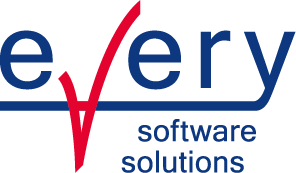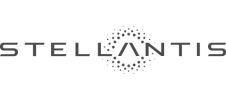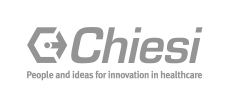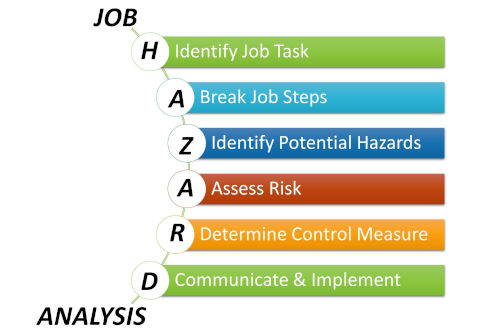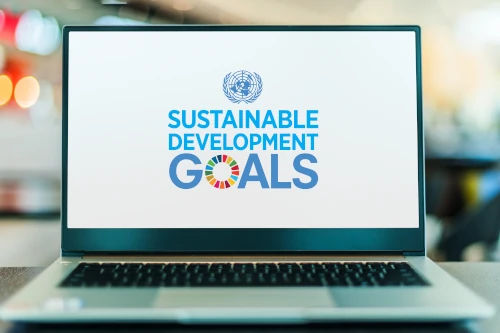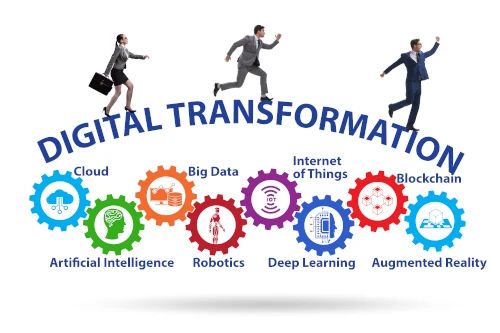Dematerialization, Digitization, Digitalization and Digital Transformation: A Compass for Orientation
We are clearly in an era of "digital revolution," which is rapidly changing the way we work, interact and live our lives. This metamorphosis has generated a range of terminologies that are sometimes misunderstood and confused with one another.
I have been involved in Digital Transformation for some time, and I often find that certain terms, which have a definite meaning, are used interchangeably, almost as if they were synonyms.
Definitions such as Dematerialization, Digitization, Digitalization and Digital Transformation are frequently used as casually as possible and without us dwelling on their real meaning. The result: misunderstandings and unfulfilled expectations.
Let's see if some clarity is possible.
Dematerialization
It is aimed ateliminating the need for physical media to store, manage and transmit information. This reduces the need for physical space, production and/or transmission costs, and environmental impact.
The conversion of paper documents by "image" scanning, which produces a digital copy of them (for example: "raster" PDF or JPG format files), immediately comes to mind. But this is just one example, as Dematerialization can be applied in many other contexts, effectively extending to any process that intends to eliminate the need for tangible media.
For example, in the case of audio, Dematerialization may be the transfer from physical media such as magnetic tapes or vinyl to digital formats such as MP3, AAC or WAV files, which can be stored, managed and transmitted electronically. In the case of video, it may refer to the replacement of media such as VHS tapes with digital formats such as MP4, AVI or MKV files. Even in these cases, Dematerialization involves the ability to store, manage and transmit video through electronic media.
It should be noted that Dematerialization activity can occur at various stages of the information management process. It can be at the origin, whereby the creation of physical media is completely avoided, thus achieving the greatest benefit in terms of efficiency, savings and minimization of environmental impact. But it can also occur at later stages, such as when the initial producer of the information sends it on a physical medium and the recipient dematerializes it, for example by scanning a paper document with the aim of obtaining a digital copy that can be stored or transferred more easily. Conversely, one sometimes encounters "high inefficiency" processes in which a document is received digitally, printed by the recipient to write a manual note on it, and then scanned and stored digitally and finally ... destroyed. It goes without saying that such processes cause unnecessary labor, cost, environmental impact and waste--completely avoidable by simply optimizing the process through proper use of digital technologies.
Digitization
It concerns the conversion of analog information into digital information. In practice, it is not limited to the removal of material media but deals with the transformation of content into digital format. This contemplates the conversion of text, images, audio and video into digital data that can be processed, stored and transmitted electronically in a better way than described above. An example of Digitization is the scanning of a paper document apt to create a digital version of it, somewhat as described in the case of Dematerialization, but applying during the scanning also an OCR (Optical Character Recognition) or ICR (Intelligent Character Recognition) process, which extracts the text by interpreting its graphical representation and generates a PDF file "with text." The content thus becomes copyable and searchable, but it is not really processable with evolved processes because no rules are applied to classify and structure the data and information. Digitization is applied in processes where content is given in analog format on material media and it is sufficient to have a digital copy, without proceeding with processes of digitalization.
Digitalization
Whereas Digitization is limited to the conversion of data from analog to digital, the Digitalization goes further, classifying digital information (however obtained) to assign it a semantics that makes it informatically processable. For example, certain information is extracted and classified from a document, such as document type, author, title, date, body of text, as well as other specific data that may be of interest for later processing. The transformation of digital information into Metadata (achieved by classifying, organizing, and structuring it) enables improved or changed processes, business models, and interactions. The digitalization creates new business opportunities and optimizes existing resources through the integration of digital technologies and solutions, such as automation, digital signatures, artificial intelligence, big data, and IoT (Internet-of-Things).
Digital Transformation
Instead, Digital Transformation involves a radical change in an organization's approach and strategies. It is a renewal process that involves revising processes, skills, business models and technologies in order to create new ways of operating and generating value. Digital Transformation goes beyond the simple adoption of new technologies, as it also involves a cultural change within the organization.
It is important to emphasize that Digital Transformation is a transitional path. While it involves a radical change in an organization's approach and strategies, it can be applied gradually. This means that companies can progressively introduce new technologies, processes, and skills to adapt to the challenges and opportunities that emerge during the transformation journey. This scalable approach enables organizations to better manage the risks and investments associated with Digital Transformation and avoid facing too drastic or rapid changes that could create internal problems or turbulence.
In conclusion, although the terms Dematerialization, Digitization, Digitalization and Digital Transformation may sound similar, each represents a distinct aspect of everyone's journey toward an increasingly digital world. Dematerialization eliminates the need for physical media, Digitization converts analog information into a digital format, Digitalization classifies and structures digital information in a way that enables process improvement through its processing, and Digital Transformation enables the redefinition of business strategies and the creation of new business models by taking advantage of the opportunities offered by digital technologies and requires a major shift in organizational strategy and culture.
Understanding these differences is critical for companies and individuals seeking to adapt and thrive in the digital age. Each process plays an important role in shaping our future, and together these concepts form the basis for continued development and innovation in technology, business and, ultimately, the very way we live.
Roberto Di Martino
Every Software Solutions
CEO & Solutions Manager
Our team is here to help you on your path to Digital Transformation

